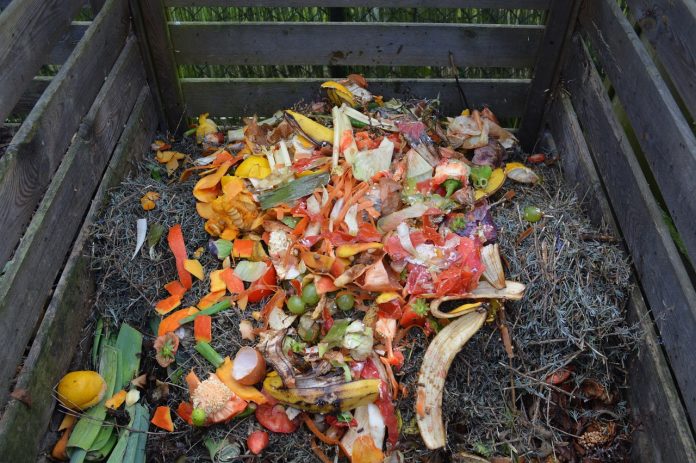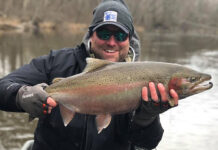By Hannah Ulrich
Okay, so the title might be a bit ambitious for what we are going to do, but why not shoot for the stars?
We’ve all been there preparing dinner when we end up with a bunch of broccoli stems that no one wants to eat or at breakfast when we end up with 12 egg shells and you don’t know what to do with them.
Most people throw away food scraps but can’t help but wonder if there is something better for the environment they could be doing instead of throwing it in a landfill. But then they tell that voice to shut up, and they fill the trash can anyway.
I’m here to tell you that you can silence that voice, lessen your garbage bill and create nutrient-rich soil for your gardens How do you accomplish all of this? Composting is the answer.
Basics
Composting is the easiest way to do your part to help save your world. I’ll give you a few of the basics to start composting on your own, and if you need a little more guidance, you can always contact your friendly soil and water conservation district for help.
So how do you start? You need a space that isn’t too sunny and isn’t too shady; too much sun will dry up your compost and will kill the bacteria and microorganisms that break down the materials — your carrot that should take a few weeks to break down could take months.
You also don’t want it to be too shady or wet because that’s when things start to rot; no one wants a pile of rotting leaves and asparagus in their backyard.
Next, you need to think about the type of container you want to use. Some people have a composting pile, which is literally just a pile without a container, others use store-bought bins which work just fine; others like to repurpose pallets and build their own.
The most important part of composting is the ratio of greens and browns. I know I’m using a lot of technical terms but bear with me, I’ll explain.
Greens are anything that has a higher nitrogen content. Nitrogen is a vital protein source for compost microbes and helps speed up the process of decomposition. Some examples of greens are veggie scraps, grass clippings, coffee grounds (and filters), tea bags, pet and human hair as well as egg shells.
Browns are anything that is high in carbon which is an energy source for the compost microbes. A few examples of browns are sawdust, paper, sticks, leaves and wood ashes.
Keep out
No matter what your browns or greens are, the smaller you break down the stuff you are composting, the faster your browns and greens turn into compost. What you absolutely do not want to add is meat, oils and fats, dairy products and bones.
Now it’s not that these things won’t break down, but, they are going to attract pesky animals and smell horrific. If you don’t want all of the area raccoons in your backyard then keep those things out of your compost bin.
You want a ratio of 2:1 of greens and browns while layering your greens and browns as you start your compost bin. The compost will need to be turned every so often to aid in the decomposition and get you to nutrient-rich soil so much faster than if you just let it go on its own.
These are the basics of composting. You can start your compost bin today and have awesome soil before the year is over. You will also have less waste going into our landfills and that’s the best news of all.
(Hannah Ulrich is the district program administrator at the Belmont County Soil and Water Conservation District. She can be reached at belmontswcd@gmail.com.)













